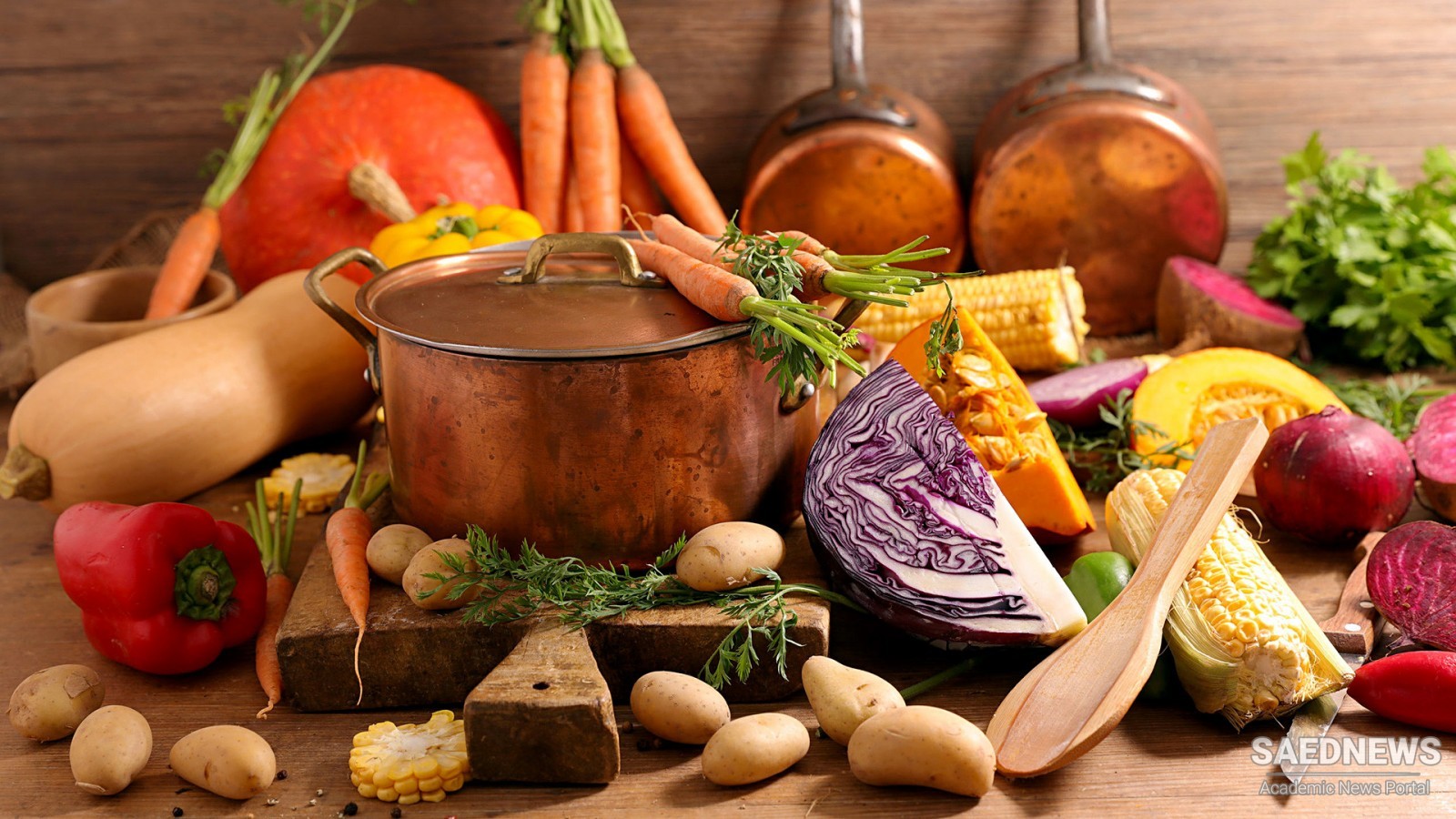Historically, classic Russian dishes were based on food staples that kept well over long, cold winters. The recipes made from these sometimes bland ingredients derived their notable flavor from the addition of many dried herbs.
Though a variety of herbs can be found in Russian foods, a few are more prominent than others. Dill, parsley, chervil, tarragon, and garlic will be central to your exploration of Russia's cuisine and there are many great recipes in which you can taste their impact.
Dill weed (often just called dill) simply makes sense in a Russian diet of fish- and milk-based dishes. It's also essential for pickling; dill pickles and pickled herring are found in many Russian recipes.
Dill is easy to grow quickly, which makes it perfect for the short growing season found in much of Russia. If the plant is allowed to go to seed, it's so prolific that it's nearly impossible to control. As an extra bonus, dill dries perfectly for storage through the winter, though the flavor is significantly diminished from fresh dill.
You typically won't actually cook with dill, though. It's most often added as a garnish to the finished dish or during the final minutes of cooking. The herb's intense flavor diminishes greatly under heat, so for the biggest impact, little or no heat is better.
Enjoy dill in solyanka, a cabbage and sausage soup, or a ukha, a traditional fish soup. In a rustic Russian potato bread recipe, it's paired with caraway seeds for a punch of flavor. Dill is also a garnish option for the intriguing herring under fur coat salad, in which it offers a bigger flavor than parsley.
Aside from its use in recipes, dill is soothing to the stomach, naturally sweet, and a must-have for many herbal remedies. Russians were wise to make ample use of this tasty herb.
Bright and slightly citrusy in taste, parsley is a cool-weather herb that can be grown indoors, so it's also perfect for the climate. Since it has a long taproot, parsley doesn't react well to transplanting and should be planted in a container that can be moved inside when winter approaches.
Parsley is often paired with dill in Russian recipes, or the two can be used interchangeably. This herb is also sensitive to heat and typically reserved for a garnish or cold preparations, or added in the final stages of cooking.
While the recipes vary, parsley is typically found in Russia's famous borscht soup. It's an integral part of the kurnik (a chicken pie) filling as well as a beet and potato salad. You can even use parsley to replace dill when making pickled mushrooms.
Chervil is a member of the parsley family and it's sometimes called French parsley. Chervil has a mild flavor of licorice that is something like a cross between tarragon and parsley.
Chervil is often used in egg dishes. It's also a good substitute for cilantro in any recipes calling for that herb, such as potatoes in cilantro sauce or roasted purple potatoes. Chervil is a common substitute for tarragon as well.
French tarragon (often sold as true tarragon) has a much better flavor than its cousin, Russian tarragon (Artemisia dracunculoides). When used in any Russian recipes with vinegar and/or mustard, tarragon is delightful.
Tarragon has a slight anise flavor and can be overpowering unless used carefully. Fresh tarragon is especially strong; dried leaves may be a better choice.
Though French and Mediterranean cuisines are best-known for using tarragon, the herb is believed to have Siberian origins. Its reach has spread beyond Russia, appearing in Eastern European foods where its paired with other herbs like parsley and thyme for dishes such as mushroom strudel. French tarragon is also used in many egg and cheese dishes in the United States. Try adding some to your next omelet or cheese souffle.
Naturally, garlic makes the list of herbs well suited for Russian cooking. It offers a taste that is versatile enough for a great variety of dishes and it stores well for use in winter cooking. Additionally, the garlic scape harvest is a great way to get greens during a short growing season. These can be added fresh to dishes and pickling scapes is popular preservation method.
Garlic brings plenty of rich flavor to many dishes. It's a great addition to a tarragon mustard vinaigrette and found in Russian recipes like lamb pilaf. Garlic is a very popular pairing with mushrooms in Russian recipes such as baked mushrooms in sour cream sauce.
During a traditional Russian Christmas Eve dinner, garlic is used to symbolize the bitterness of life. Bread is first dipped in honey (the sweet side), then into chopped garlic. A root vegetable or bean stew that's commonly served during dinner also features lots of garlic.


 Meygoo Polo: Shrimp, Rice and Fantastic Herbs
Meygoo Polo: Shrimp, Rice and Fantastic Herbs














































